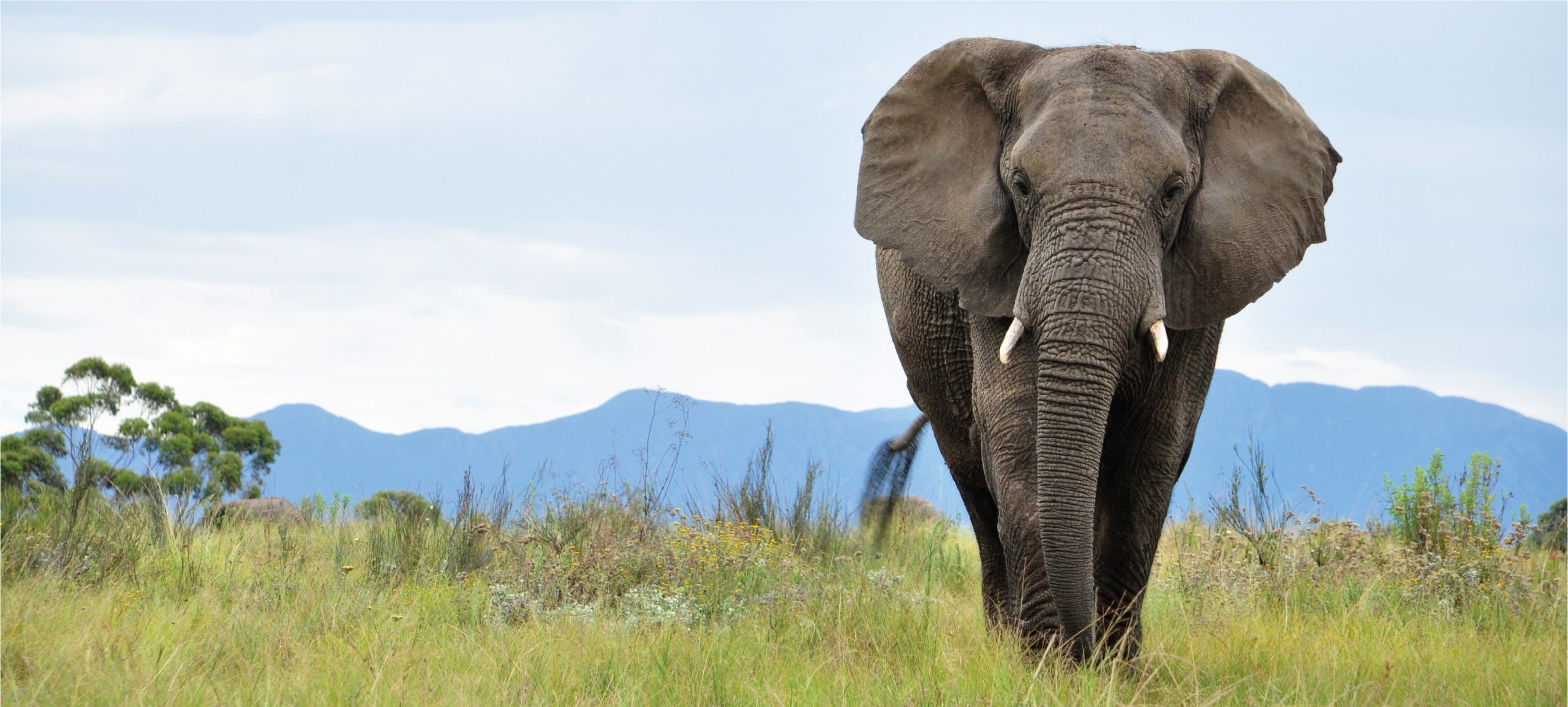-

Texas Pocket Gopher
Discover the fascinating world of the Texas Pocket Gopher (*Geomys texensis*), a medium-sized rodent that thrives in the sandy and loamy soils of southern United States grasslands and prairies. With their unique burrowing behavior and cheek pouches for food storage, these nocturnal creatures play a vital role in aerating soil, promoting vegetation growth, and maintaining…
-

Desert Pocket Gopher
Discover the fascinating world of the Desert Pocket Gopher, a vital soil engineer of the arid landscapes of North America. Measuring 8 to 10 inches in length, these nocturnal creatures dig extensive burrows and contribute to ecosystem health by aerating soil and enhancing plant diversity. Learn more about their unique habits, diet, and conservation status…
-

Attwater’s Pocket Gopher
Discover the fascinating world of the Attwater’s Pocket Gopher, a critically endangered species native to the coastal prairies of southeastern Texas. This unique burrowing creature plays a vital role in its ecosystem by aerating the soil and supporting plant health, while also facing significant threats from habitat loss. Learn about its physical traits, behaviors, and…
-

Southern African Springhare
Discover the fascinating Southern African Springhare (*Pedetes capensis*), a unique nocturnal rodent native to the grassy plains and scrublands of southern Africa. With its impressive leaping ability, tufted tail, and herbivorous diet, this intriguing creature plays a crucial role in its ecosystem, although habitat loss poses emerging threats. Learn more about its physical characteristics, behavior,…
-

East African Springhare
Discover the remarkable East African Springhare (Pedetes surdaster), a nocturnal mammal thriving in the savannas and grasslands of East Africa. With its impressive leaping ability and extensive burrowing system, this vulnerable species plays a crucial role in its ecosystem as a seed disperser and herbivore. Learn about its unique behaviors, physical characteristics, and the conservation…
-

North American Beaver
Discover the fascinating world of the North American Beaver (Castor canadensis), the largest rodent in North America, renowned for its impressive dam-building abilities and significant role as a keystone species. With a diet primarily consisting of tree bark and twigs, these nocturnal engineers not only shape their habitats but also promote biodiversity in freshwater ecosystems.…
-

Eurasian Beaver
Discover the fascinating world of the Eurasian Beaver (*Castor fiber*), a remarkable semi-aquatic rodent known for its impressive dam-building skills and crucial role in ecosystem management. Found across Europe and Asia, these “nature’s engineers” thrive in diverse freshwater habitats, consume a herbivorous diet, and contribute significantly to biodiversity. Learn about their unique physical characteristics, social…
-

Yellow-faced Pocket Gopher
Discover the fascinating Yellow-faced Pocket Gopher (Geomys castanops), a nocturnal herbivore native to the grasslands of central North America. With their distinctive yellow facial patch and impressive burrowing abilities, these gophers play a crucial role in soil aeration and ecosystem vitality, all while navigating an intricate network of tunnels they call home. Learn about their…
-

Oriental Basin Pocket Gopher
Discover the intriguing world of the Oriental Basin Pocket Gopher, a solitary burrower thriving in sandy grasslands of eastern [insert geographic location]. Learn about its unique adaptations, including a robust physique designed for digging, a diverse herbivorous diet, and vital role in the ecosystem as a soil aerator. Despite its ecological significance, this species faces…
Search
Popular Posts
-
Lygosoma corpulentum
Discover the Lygosoma corpulentum, or fat skink, a robust insectivorous lizard native to Southeast Asia’s moist tropical rainforests and varying habitats. With a stocky body, impressive camouflage, and remarkable adaptability, this ovoviviparous species plays a crucial role in maintaining ecological balance.
-
Lygosoma boehmei
Lygosoma boehmei is a slender, nocturnal insectivore found in humid tropical rainforests and savannas of Southeast Asia, exhibiting a smooth, camouflaging texture and remarkable burrowing abilities. This vulnerable species plays a crucial role in its ecosystem by controlling insect populations and serving as prey for larger predators.
-
Lygosoma bampfyldei
Lygosoma bampfyldei, commonly found in tropical and subtropical regions, is a moderately sized lizard measuring 15 to 25 cm, known for its elongated body and glossy, camouflage coloration. This insectivorous species thrives in moist habitats and plays a vital role in maintaining ecological balance by controlling insect populations.
Categories
Tags
animal adaptations (924) animal behavior (5000) animal reproduction (865) behavior (920) biodiversity (7853) conservation (1670) conservation efforts (1778) conservation status (5748) diet (2104) ecological balance (2087) ecological role (1952) ecosystem (1469) ecosystem role (2901) endangered species (2514) habitat (3280) habitat conservation (1136) Habitat Destruction (1421) habitat loss (3385) herpetology (870) insectivorous reptiles (948) IUCN Red List (1971) lizard behavior (881) lizard diet (944) lizard reproduction (1101) nocturnal animals (2754) nocturnal behavior (2592) nocturnal reptiles (1061) physical characteristics (2058) predator-prey relationships (927) reproduction (2890) reptile behavior (1037) reptile conservation (1348) reptile reproduction (1069) rodent species (1325) seed dispersal (2145) Seed Disperser (979) small mammals (1168) snake behavior (952) snake diet (1061) snake reproduction (1129) tropical forests (948) Vulnerable Species (4926) wildlife (2511) wildlife conservation (5355) wildlife protection (1008)



